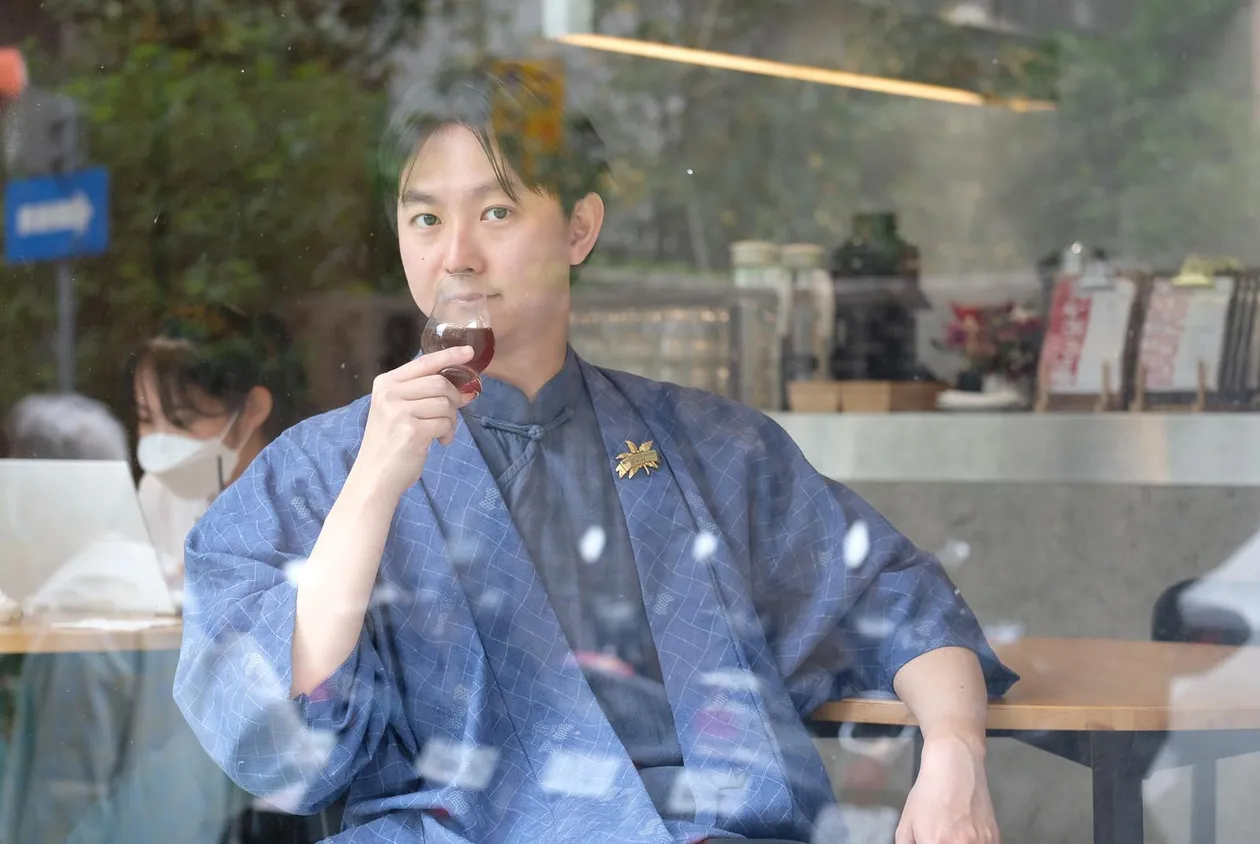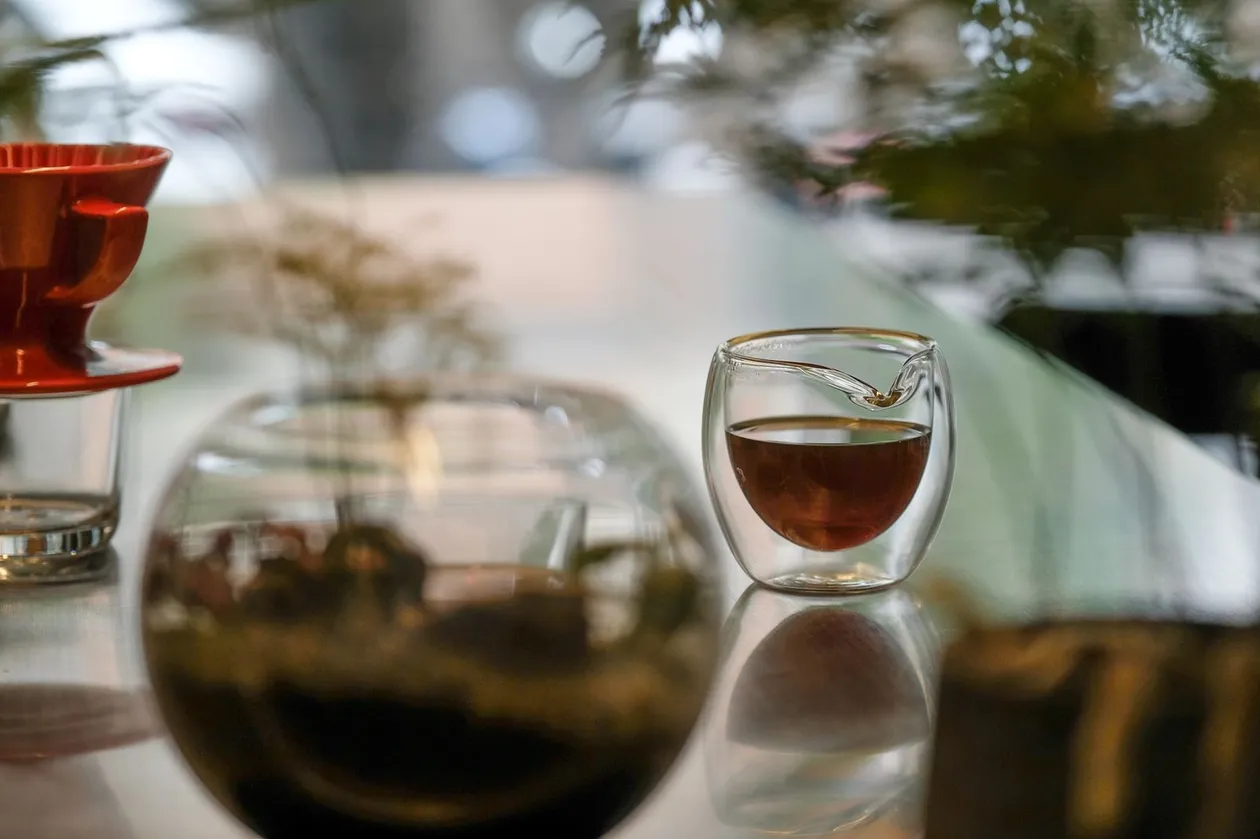How can Taiwanese specialty coffee reach the international market?

Source:Zhong Shi Wei
Having established a Taiwanese fruit jam brand over a decade ago, Krude Lin recently became chairperson of the Coffee Industrial Alliance of Taiwan. What new potential does he see in Taiwanese coffee?
Views
How can Taiwanese specialty coffee reach the international market?
By Li Hsun Tsaiweb only
The first time Krude Lin sampled Taiwanese coffee was over a decade ago. “It was expensive and yucky,” he recalls, relating the terrible first impression he had of Taiwanese coffee.
This April, the Council of Agriculture established the Coffee Industrial Alliance of Taiwan (CIAT), with ambitions to take Taiwanese coffee to the international stage. And Krude Lin was made chairman of the alliance.
While a student majoring in Horticulture and Landscape Architecture at National Taiwan University, Lin and his friends established Red on Tree, becoming an overnight sensation making fruit jam and preserves from Taiwanese fruit. Few knew he was a coffee enthusiast.
When he was just a high school student, Lin brewed coffee at school daily. He also worked as a barista at a café, and passed the catador (“coffee cupper” in Spanish) certification exam.
A batch of coffee beans born in a peach grove completely turned around his impression of Taiwanese coffee.
As part of his work as a fruit preserves sales rep, he traveled from place to place visiting farmers. One time he heard that a peach farmer had switched to growing coffee. At first he was dubious, but he found to his surprise that this batch of beans had a light peach flavor with a strong fruity aroma. This convinced Lin that Taiwan’s soil and climate could cultivate coffee beans with unique character.
High unit cost specialty coffee is Taiwan’s solution
“Taiwanese coffee has a chance to create value of a different kind,” asserts Lin.
First, Lin established a coffee department at Red on Tree. Splitting off independently in 2012 as the Taiwan Coffee Laboratory, it introduced discourse on coffee from around the world, providing guidance and education for the market in order to reduce information asymmetry in the industry.
 (Source: Zhong Shi Wei)
(Source: Zhong Shi Wei)
There were a few scattered coffee-producing areas around Taiwan a decade ago, the most well-known being Kukeng in Yunlin and Tungshan in Tainan. However, agricultural areas do not get the attention they deserve, and official Agriculture and Food Agency statistics on coffee-growing acreage have hit zero at times. Talk of the government’s “three no’s policy” towards coffee - no guidance, no promotion, no subsidies - still circulates among coffee farmers.
In fact, the area used for coffee cultivation actually exceeded 1,000 hectares back during the Japanese period, and coffee was made a showcase crop during the post-war period, yet it was unable to sustain itself. “The government behaved as if this industry had disappeared,” remarks Lin, believing that instead of sitting in a cafe criticizing the government, it would be more productive to tell the government what to do.
Having toured many of the world’s major coffee-growing regions, Lin knows well that Taiwan’s best bet is specialty coffee. And coffee farmers must understand international quality standards early in their cultivation efforts in order to find their place.
Accordingly, in the several years before taking on the role of director of the Coffee Industrial Alliance of Taiwan, Lin had already been working with various regional agricultural research and extension stations to formulate national specialty coffee evaluation guidelines and rally farmers from different areas to join in on ratings to help farmers get a better idea of their market competitiveness, and further improve investment or production techniques.
Aura Cafe founder Jy-Chyi Yu says, “Once the catador certification system and competition-judging mechanisms were introduced in Taiwan, it helped farmers grow coffee beans that meet international standards.”
Blue Bottle among international bidders
Following many years promoting coffee evaluation standards, last year Lin worked with the Taiwan Coffee Association and the Alliance for Coffee Excellence (ACE) for the first time to hold the Taiwan Private Collection Auction (PCA). Featuring nine Taiwanese coffee bean varieties, it attracted bidders from 14 different countries, including such venerable names as Blue Bottle Coffee from the United States.
Reportedly, when the Taiwanese-American executive at Blue Bottle tasted one of the coffees on auction and learned that it had been grown in Taiwan, he exclaimed with shock, “No way! Taiwan doesn’t even produce coffee.”
Ultimately, the sun-dried Geisha coffee beans from the Chuowu Shan Coffee Plantation in Chiayi fetched US$500.50 per pound, setting an ACE historical record. Four vendors, including Simple Kaffa, a joint venture between a Hong Kong coffee company and multi-time World Barista Champion Wu Tze-lin of Taiwan, shared the bid. As for the other eight varieties, buyers from countries including the United States and Saudi Arabia won the bids.
Scott Conary, the head judge for the PCA Finals, remarked at the time that, following the auction, “the demand and supply will certainly increase greatly” for Taiwanese coffee.
Inspired by the outcome of the PCA, Krude Lin and Jy-Chyi Yu, as well as the president of the Taiwan Coffee Development Association, Tsai Chih-yu, came up with the idea of forming an industrial alliance.
Their short-term goal is to establish a good grasp and understanding of coffee quality among farmers on the production end. Their next goal is to blend spices like cinnamon and orange with coffee beans during the fermentation process, or to ferment the beans in oak barrels, so as to distinguish the coffee through innovation.
Their ultimate goal is to elevate the value of Taiwanese coffee to become a growth-potential industry. That said, “first it is necessary for more people to get to know Taiwanese coffee, including local citizens and the international market,” asserts Lin.
Have you read?
- Taiwan: a photographer's paradise?
- Vibrant Taipei: Day Tours with the Colorful Metro Lines
- Blue ribbons: A riverside guide to Taipei
Translated by
David Toman
Edited by TC Lin
Uploaded by Ian Huang






